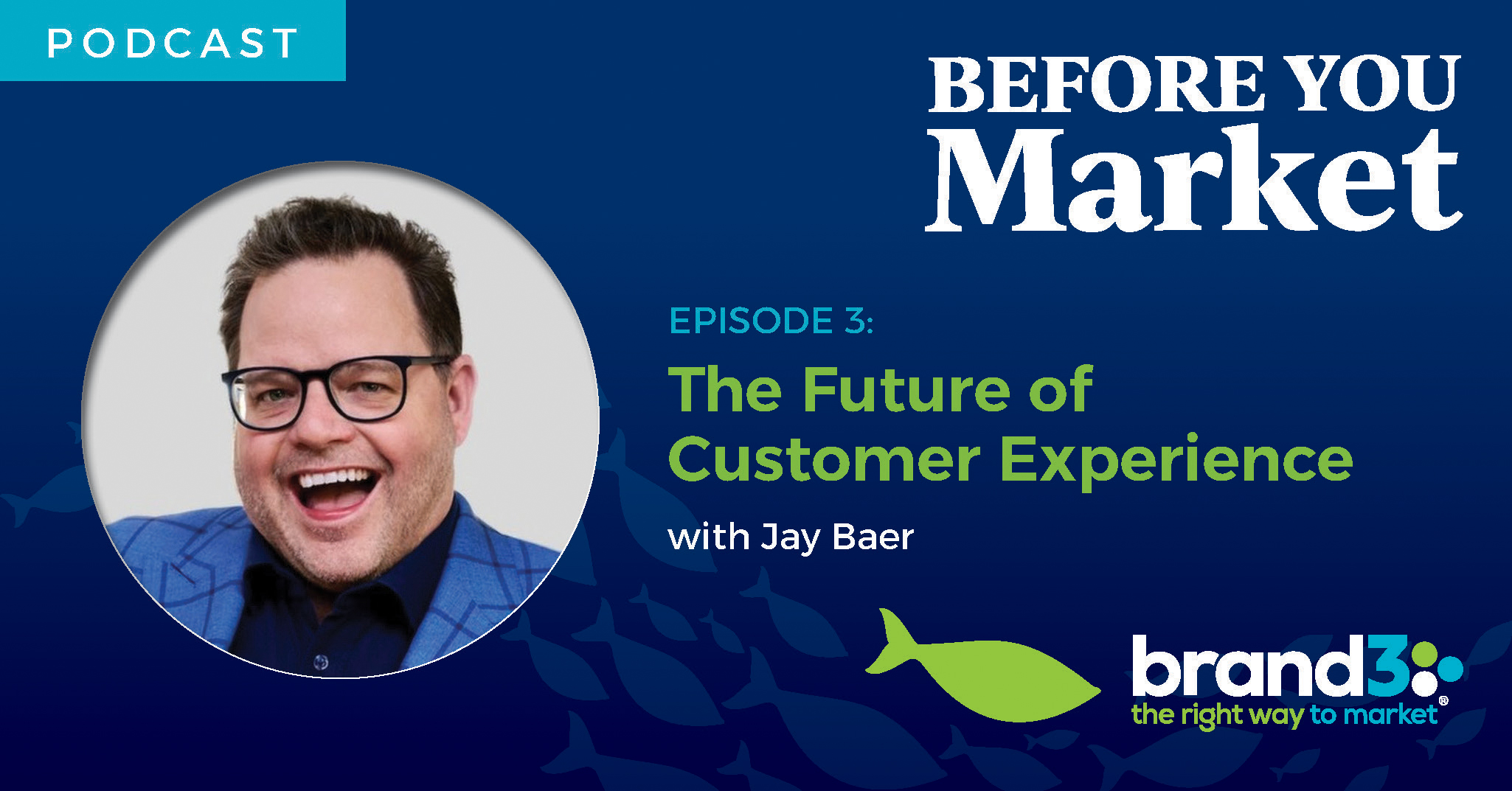
In business, planning ahead is vital. A smart business owner has the right inventory at the right time, or provides services tied to the season or current events. Just like you plan ahead to deliver your products and services, you need to plan ahead when it comes to your marketing strategy. Today, we will take a look at how to develop your 2021 marketing strategy now.
2020 has thrown us all for a loop. Social distancing, economic uncertainty, and conducting client meetings via Zoom makes us all a little crazy. You may have lost business. On the other hand, you may have gained business. Whatever your year-to-date numbers are, you cannot count on your 2020 marketing plan working in 2021.
Or maybe you didn’t really have a marketing strategy in 2020. Keep reading to get on the right track for 2021.
A marketing strategy is a cohesive, overall game plan for marketing your business, with the goal of turning prospects into customers. Individual marketing tactics do not work alone without a plan. We find a lot of business owners are only doing tactical marketing, and when those tactics fail, they switch tactics instead of having a comprehensive plan.
For instance, they might send out a direct mail piece and only get two calls. So they switch to sending email, which quickly gets marked as spam. And when they get penalized for that, they try sending an employee door to door with the spiel that “We’re doing work for your neighbors down the street…” With a clear and cohesive plan, these tactics might be better developed and incorporated into a larger marketing plan.
A good marketing strategy clearly defines future direction, while marketing tactics are a series of actions. In other words, your marketing strategy is a conceptualization of how the goal of growing your customer base can be achieved. Marketing tactics are some of the actions you can take to help you execute the strategy.
Before you spend a lot on marketing, you need to make sure you have clarity of message and the brand image that goes along with that message. Branding will help you maximize your marketing dollars. Who are you as a company? Do you have a clear company image, or do you have four different logos?
Branding can help you answer those questions, correct problems, and help you better target your marketing efforts.
When developing a marketing strategy, you must identify your target audience and ideal customer – market research can help in this regard. You will need to target your sets of marketing campaigns to your target audience, rather than try to appeal to everyone. Individual campaigns will consist of various marketing tactics. The campaigns will have specific target outcomes, and you must be able to measure if certain tactics are working as part of your overall marketing goals.
You can then build on what is working, and adjust tactics, all while staying true to your overall marketing strategy. And of course, within your overall marketing strategy, there are several sub-strategies, that enable you to reach your ideal customer where they are.
And we can’t stress enough how every marketing move you make needs to be part of a cohesive, clear, consistent plan. Inconsistency is sloppy, and your potential customers will notice, and get confused. And don’t drop one marketing tactic that’s working because you got distracted by some bright and shiny object.
While it’s more important than ever to be flexible and adaptable to what is happening in the market, you need to stay true to your brand. Your digital marketing strategy and your traditional marketing strategy are the two main components that will propel your overall marketing plan to success.
Your digital marketing strategy is every marketing effort that happens online. If you don’t have a business website, you are missing out on a huge opportunity. Your website, or lack thereof, has an enormous effect on the perception of your business. If you don’t have a website, some customers won’t even consider hiring you.
And if you do have a website, it better look good on desktop and mobile, and load fast. Users will leave if it takes your website longer than 3 seconds to load, or if it doesn’t display well on mobile.
SEO, or search engine optimization, is the art and science of optimizing your website for the searcher and the search engines. With appropriate keyword research, well-written and informative web content, title tags, description tags, image alt text, backlinks, and more, SEO matters now more than ever. Don’t believe us? Check out some of these SEO statistics.
Your content marketing strategy is linked to your website. Rather than pitching your products or services, you provide relevant, informative content that helps your prospective customers find answers to their questions, or solve their problems.
Your content marketing strategy is intertwined with all of the other components of your digital marketing plan. Content can include web pages, landing pages, blogs, videos, infographics, e-books, and much more. Developing a content calendar where you regularly post new content is part of the strategy.
Your social media marketing strategy of course involves marketing via social media. This doesn’t necessarily mean buying ads, but you can do that as well. It does mean developing a plan that takes advantage of the various social media channels to target your ideal customer. LinkedIn is good for B2B. Facebook targets an older audience. Pinterest, Instagram, Twitter, and YouTube can all be utilized to microtarget prospective customers.
Your email marketing strategy includes sending newsletters, helpful tips, and offers. You can also use it to promote your blog. But email marketing is not as simple as sending out an email blast to everyone on your contact list. You will want to craft the subject lines carefully-- perhaps even A-B test to see what is most effective. Because let’s face it. If no one opens your emails, they’re not bringing in new customers.
Your traditional marketing strategy goes hand in hand with your digital marketing strategy. Traditional marketing encompasses ever marketing effort that is offline. It used to be that all you had to do was buy a big ad in the Yellow Pages. Do those even exist anymore?
Now, there are a whole lot of options with traditional marketing. Most business owners are more familiar with these options than they are with digital marketing strategies. But again, you need to have a clear and cohesive image and message. Everything needs to work together.
Direct sales are becoming less and less common. A business markets products and services directly to the consumer, many times in their own home. They can also be done over the phone. Think the Kirby vacuum salesman or pharmaceutical rep who goes directly to the hospital or doctor’s office to get a sale.
Direct mail marketing can create brand awareness for your products or services. By sending postcards, letters, flyers, brochures, and other printed products through the mail, you can target a specific group of people. Perhaps you’re contacting previous customers. Or you are targeting people who own homes in a specific zip code. Printing and postage can be expensive, so you want to ensure you are targeting the right people.
Tradeshows continue to be popular for many businesses, especially in the B2B realm. That’s because, according to PwC. in the U.S., trade shows are the second largest source of B2B revenue.
Print advertising is still alive and well. This can include ads in newspapers, print magazines, billboards, and more. This can also include digital billboards, which can be very effective – more so than traditional billboards.. Vehicle wraps or graphics are included in this arena – where every vehicle in your fleet is essentially a mobile billboard.
Whether you utilize broadcast radio and TV to advertise your business depends on your market and target age group. With the number of homes who have “cut the cord” and ditched cable in favor of commercial-free streaming and the number of commercial-free music streaming services, a lot of people just don’t watch or listen to commercials anymore.
Also known as word of mouth, a good referral uses your existing customers to promote your business. You can do this several ways – encourage online reviews, place customer testimonials on your website, and offer a small referral fee to an existing customer who sends you a qualified referral.
As you can see, developing a marketing strategy will take time, and involves a lot of moving parts. That’s why you should start thinking about 2021 today.
Developing a marketing strategy that works takes a plan. Working with branding and marketing professionals with experience in developing marketing strategies for small business gives you an advantage in the marketplace. As with hiring any B2B service company, do your research. Talk with several agencies before moving forward with the one who makes the effort to get to know you and your business, and has a proven track record.
You’ll be glad you did. 2021 is going to be a better year for all of us.


